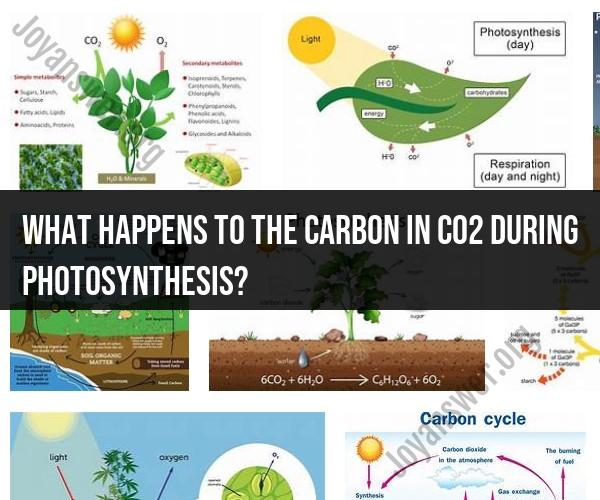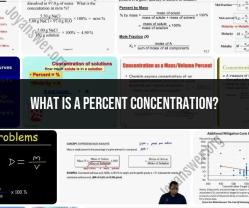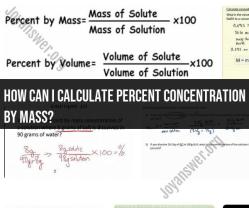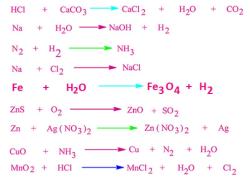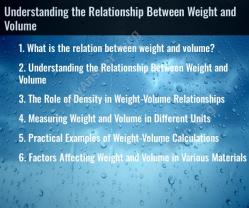What happens to the carbon in CO2 during photosynthesis?
During photosynthesis, carbon dioxide (CO2) undergoes a series of chemical reactions that ultimately result in the conversion of carbon from CO2 into glucose (a sugar) and other organic molecules. This process takes place in the chloroplasts of plant cells, and it can be summarized in the following steps:
Carbon Fixation (Calvin Cycle):
- Carbon dioxide molecules from the atmosphere diffuse into the leaf through small openings called stomata.
- Within the chloroplasts, CO2 is captured and fixed through a series of reactions collectively known as the Calvin Cycle or the light-independent reactions of photosynthesis.
- The enzyme ribulose-1,5-bisphosphate carboxylase/oxygenase (RuBisCO) plays a critical role in combining CO2 with a five-carbon compound, ribulose-1,5-bisphosphate (RuBP), to form a three-carbon compound, 3-phosphoglycerate (3-PGA).
Reduction of 3-PGA:
- ATP (adenosine triphosphate) and NADPH (nicotinamide adenine dinucleotide phosphate) molecules, which are produced during the light-dependent reactions of photosynthesis, are used to convert 3-PGA molecules into another three-carbon compound called glyceraldehyde-3-phosphate (G3P).
Formation of Glucose:
- Some of the G3P molecules are used to synthesize glucose, while others are used to regenerate RuBP to continue the Calvin Cycle.
- Multiple G3P molecules are needed to form a single glucose molecule through a series of chemical reactions.
- The glucose produced is a simple sugar that stores energy in the form of chemical bonds.
Storage and Utilization:
- The glucose and other organic molecules produced during photosynthesis serve as an energy source for the plant. Glucose can be used for immediate energy needs or stored in various forms, such as starch, cellulose, and other carbohydrates.
- These stored molecules can later be used by the plant for energy production or for building other complex organic compounds.
Release of Oxygen:
- A byproduct of the carbon fixation process is the release of molecular oxygen (O2) back into the atmosphere. This oxygen is a result of the splitting of water molecules (H2O) during the light-dependent reactions, which provide electrons for the reduction of CO2 in the Calvin Cycle.
In summary, during photosynthesis, carbon dioxide (CO2) is captured and reduced to form glucose and other organic compounds, with the help of energy from sunlight and molecules like ATP and NADPH. This process converts carbon from an inorganic form (CO2) into an organic form (glucose), which can be used by the plant for energy or stored for future use. Additionally, oxygen is released as a byproduct, making photosynthesis a vital process for the production of both energy-rich organic compounds and atmospheric oxygen.
The Fate of Carbon in CO2 during Photosynthesis
During photosynthesis, carbon dioxide (CO2) is converted into organic matter, such as glucose, which is used by plants for energy and growth.
The first step in photosynthesis is the light reactions. In the light reactions, water is split into hydrogen and oxygen. The hydrogen is then used to reduce NADP+ to NADPH, and the oxygen is released into the atmosphere.
The second step in photosynthesis is the Calvin cycle. In the Calvin cycle, CO2 is fixed, meaning that it is converted into organic matter. This process requires energy from ATP, which is produced in the light reactions.
The Calvin cycle can be divided into three main stages:
- Carboxylation: CO2 is fixed into a three-carbon molecule called ribulose 1,5-bisphosphate (RuBP).
- Reduction: The three-carbon molecule is reduced to a six-carbon molecule called glyceraldehyde 3-phosphate (G3P).
- Regeneration: Some of the G3P is used to regenerate RuBP, so that the cycle can continue. The remaining G3P is used to synthesize glucose and other organic molecules.
The overall equation for photosynthesis is:
6CO2 + 6H2O + light energy → C6H12O6 + 6O2
This equation shows that carbon dioxide and water are converted into glucose and oxygen in the presence of light energy.
Carbon Transformation in Photosynthesis: What Happens to CO2?
Carbon dioxide is transformed into organic matter during photosynthesis. This process is called carbon fixation. Carbon fixation is essential for life on Earth, as it is the primary way that carbon is incorporated into the biosphere.
The carbon in CO2 is fixed into organic matter by the enzyme RuBisCO. RuBisCO is the most abundant enzyme on Earth, and it is responsible for fixing about half of the carbon dioxide that is converted into organic matter each year.
Once CO2 is fixed into organic matter, it can be used by plants for energy and growth. It can also be passed on to other organisms in the food chain.
Carbon's Journey in Photosynthesis: A Closer Look
Carbon's journey in photosynthesis begins when it enters the plant through the stomata, which are tiny pores on the surface of the leaf.
Once inside the plant, carbon dioxide diffuses through the mesophyll cells to the chloroplasts. Chloroplasts are the organelles where photosynthesis takes place.
In the chloroplasts, carbon dioxide is fixed into organic matter in the Calvin cycle. The Calvin cycle is a series of chemical reactions that uses energy from ATP to convert carbon dioxide into glucose and other organic molecules.
The glucose produced in photosynthesis is used by the plant for energy and growth. It can also be stored in the plant's cells as starch.
Starch is a carbohydrate that can be broken down into glucose when the plant needs energy.
Some of the glucose produced in photosynthesis is also used to synthesize other organic molecules, such as cellulose and proteins. Cellulose is the main component of plant cell walls, and proteins are essential for all life processes.
The carbon that is fixed into organic matter during photosynthesis can be passed on to other organisms in the food chain. When animals eat plants, they consume the carbon that the plants have fixed.
The carbon in the animals' bodies is then passed on to other animals when they are eaten. Eventually, the carbon is returned to the atmosphere when the animals die and their bodies decompose.
Photosynthesis is a vital process for life on Earth. It allows plants to convert carbon dioxide and water into organic matter, which is used by all living things for energy and growth.
